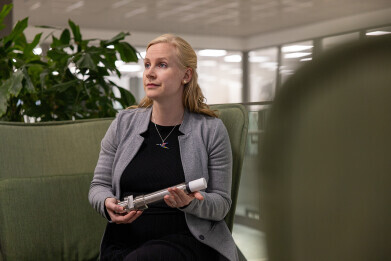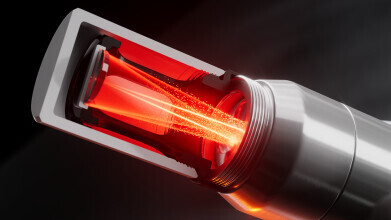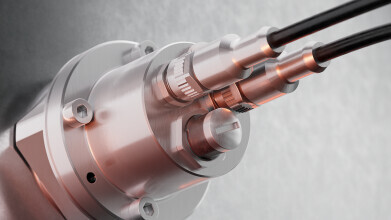Air monitoring
New instrument to remove greenwashing from carbon capture
Oct 22 2024
Carbon capture, utilisation and storage, or CCUS, is a field that has sparked a lot of public debate – and investments. Knowing exactly how much and what quality carbon has been captured is essential if CCUS is to become a viable addition to the toolset against climate change. Vaisala’s new MGP241 multigas probe offers always-on data at a third of the cost compared to measurement solutions most used in CCUS processes today.
Vaisala has launched a new measurement product, MGP241, that measures CO₂ and humidity and is specifically designed to bring transparency to CCUS projects. Both governments and private companies need CCUS to reduce and offset carbon emissions if they are to meet their reported decarbonisation targets. However, with current technology still not ready for widespread use, constant, and accurate measurement of captured carbon is vital to ensure its continued development.
“No one knows yet if CCUS will indeed grow to be a significant solution in our fight against climate change. The technology is still in its early stages. What we can solve now is how to make measuring these projects as transparent and efficient as possible to leave no room for guesswork or sugarcoating the results – our numbers don’t lie,” says Julia Salovaara, Strategy and Business Development Manager at Vaisala.
CCUS has already seen some major investments. According to BloombergNEF, a record $6.4 billion was invested into CCUS technology in 2022, more than doubling from the year before and with the U.S. leading the way with 45% of the total investments. Yet, many projects are behind schedule or not producing their promised results.
The success of CCUS technology is especially critical for hard-to-abate industries like materials manufacturing, energy production, and the chemical industry. With high emissions and few other significant solutions beyond improving their energy efficiency, these industries experience increased pressures from regulators and the public to decarbonise their operations.
One especially crucial industry is the cement industry that alone emits 7% of global CO₂. Additionally, the global demand for cement is expected to increase 12–23% by 2050. One of the early success stories, Carbonaide, helps the cement industry utilise captured carbon dioxide in concrete manufacturing.
Through the carbonisation process, Carbonaide’s technology reduces the amount of cement needed in concrete production. While the reduction of cement needed is remarkable, 20–100%, the process also creates a permanent storage for the carbon captured from an emission source.
Carbonaide partnered with Vaisala from the start to make sure they know exactly what is happening in each step of the process and, eventually, how much carbon is stored.
“Globally, Carbonaide's technology has the potential to store 500 megatons of CO₂ annually by 2050 in precast concrete products – roughly the same annual emissions of France and the UK combined. The investment case we offer our customers is entirely based on accurate measurements and transparency. With Vaisala, we can trust that the numbers we share with our partners are correct,” says Jonne Hirvonen, Chief Operating Officer at Carbonaide.
MPG241 measures carbon dioxide and humidity in point source and direct air carbon capture processes, and in different carbon utilisation and storage projects.
Unlike traditional gas analysers, Vaisala’s MGP241 requires no expensive calibration gases, needs dramatically less maintenance, and promises a 10+ year lifespan in heavy-duty use. The compact size and in-situ design of the instrument has allowed for competitive pricing – around a third of the price of most common solutions in the market.
“Our new probe measures directly in the gas flow and shows test results in real time. This level of transparency and proof is essential for process optimisation, building trust with stakeholders, and demonstrating genuine commitment to sustainability,” concludes Salovaara.
Digital Edition
IET 35.2 March
April 2025
Air Monitoring - Probe Sampling in Hazardous Areas Under Extreme Conditions - New, Game-Changing Sensor for Methane Emissions - Blue Sky Thinking: a 50-year Retrospective on Technological Prog...
View all digital editions
Events
Apr 21 2025 Shanghai, China
Apr 22 2025 Hammamet, Tunisia
Apr 22 2025 Kintex, South Korea
Analytica Anacon India & IndiaLabExpo
Apr 23 2025 Mumbai, India
Apr 23 2025 Moscow, Russia



-(1920px).jpg)


-(1920px).jpg)




.jpg)














